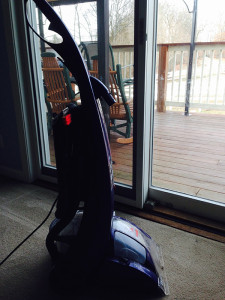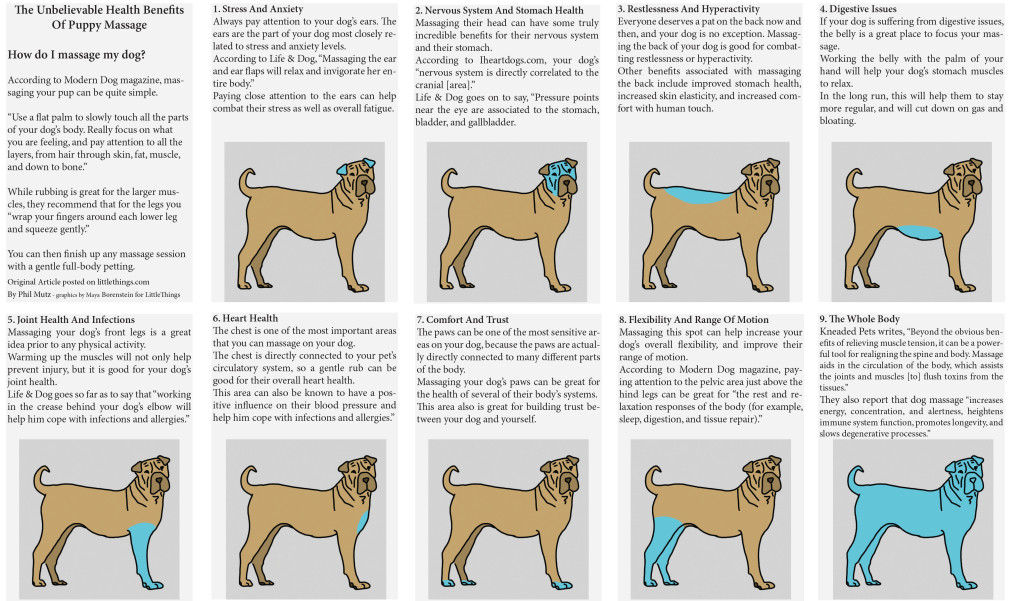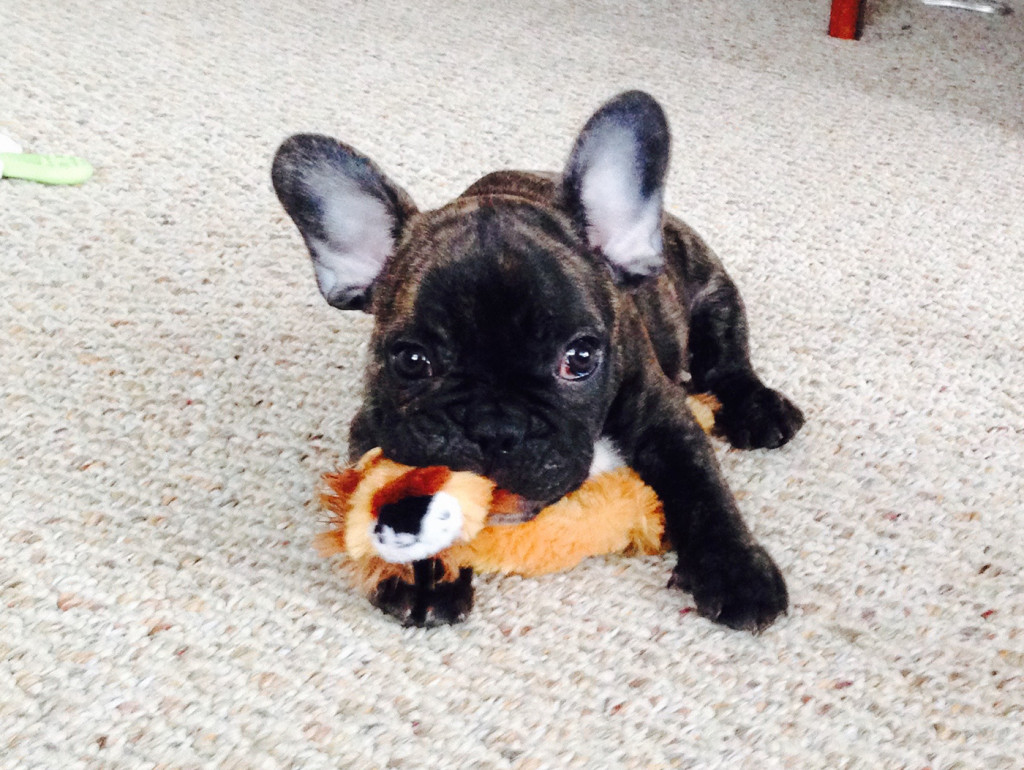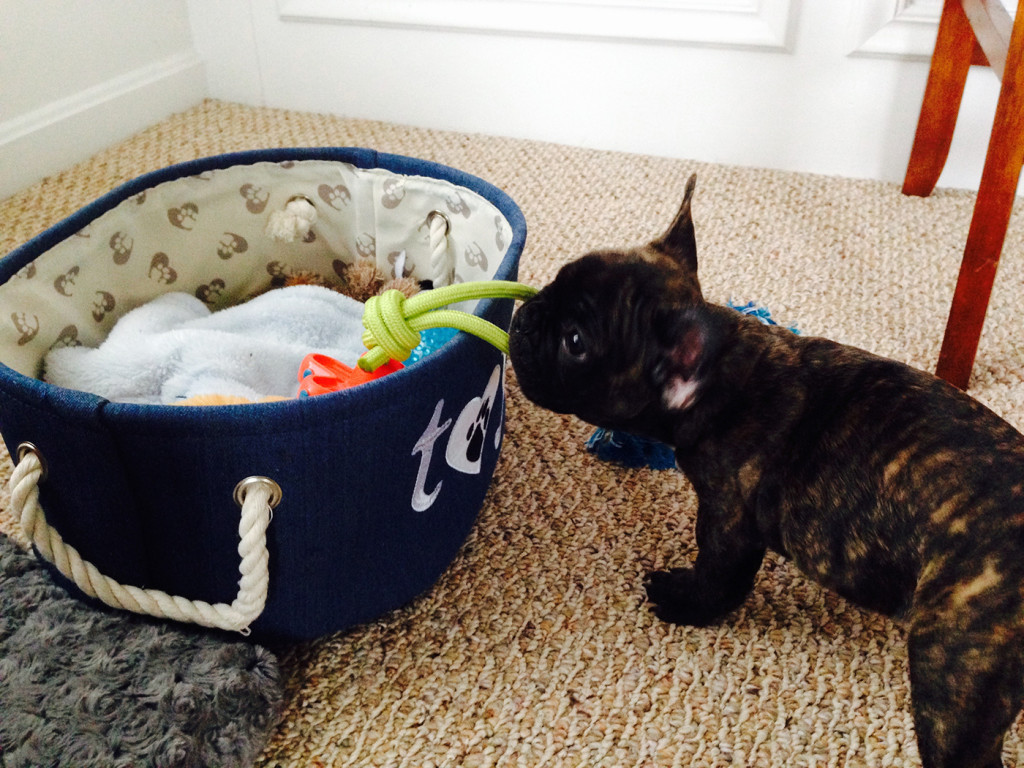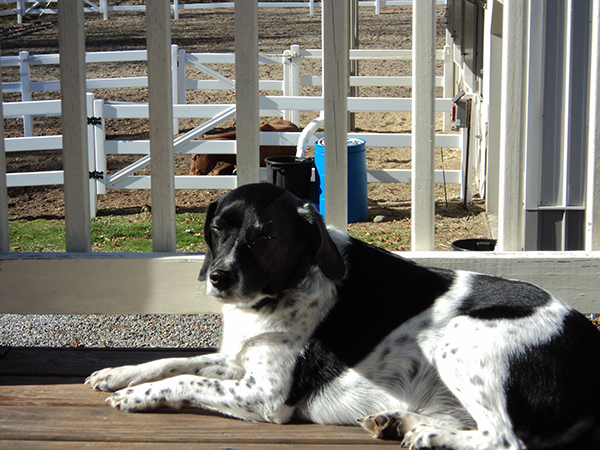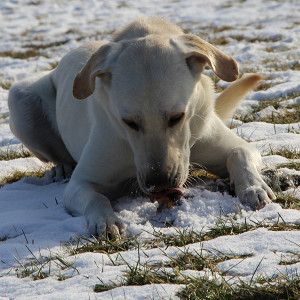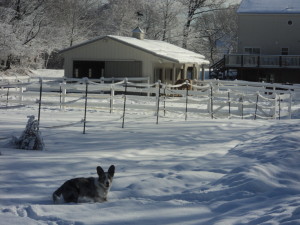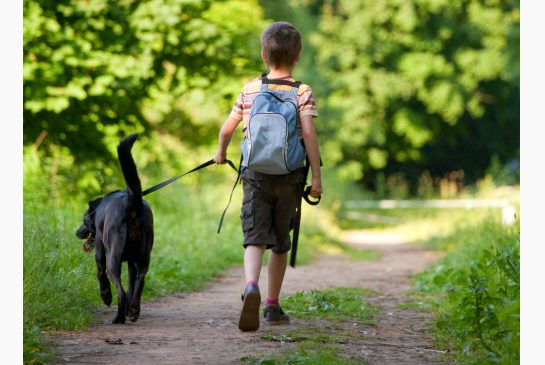
Get help with pets – image from thestar.com
I found this post and wanted to share it with you…
May is National Pet Month, which you probably know already if Fido or Fluffy greets you at the door when you come home every day. But for those of you on the fence about having a pet—while hearing a constant barrage of “Mommy, can we get a dog?”—one question may be keeping you from taking the plunge: Who will take care of it? No matter how much the kids promise to help, you fear the the answer is: you.
That’s what happened to Dr. Nicole Audet, who was inspired to write the children’s book, Parents for Sale, by an experience she had with her sons and her golden retriever. “At first, they we very happy to have the dog,” she says. “Then, after a while, when it was raining or if they were tired, they refused to take care of it.” (Sound familiar?) Eventually, Dr. Audet threatened to sell the dog. “They cried and cried,” she says. “I’ve never seen them cry so much.” (Watch out: In her book, the kids decide to sell their parents instead.)
Dr. Audet is happy to report that the golden retriever is still a part of the family, and that since the incident her kids have gotten better about keeping up their end of the pet care—though. “it’s not perfect,” she says. If you’re thinking of getting a pet, here are her tips (that don’t include threatening to sell the pet) for getting your kids to do their part and keep it up.
Choose the right pet for your family. Before you even start to divvy up pet care responsibilities, make sure you can find one that fits your lifestyle. “Get prepared,” says Dr. Audet. “Go over everything. What is the cost? What is your budget? What kind of space do you have? Where will it live?” You might be thinking of keeping a crate and a dog bed in the family room, but your kids—all of them—want it to sleep at the foot of their beds. If you make these decisions and discuss them in advance, you’ll avoid conflict right off the bat.
Head to the library. Check out books that will help your kids learnwhat’s involved in pet care. It might be more than they realize, so talk about dividing up responsibilities—before the pet comes home. Dr. Audet knows first-hand that once the pet is in the house, it’s a part of the family and there to stay, whether the kids help our or not.
Tie pet care into other kid chores. Dr. Audet’s son, for example, started taking their dog for its morning walk while he was doing his paper route, a responsibility he already had and was good about keeping. If pet chores can fit in naturally with their current schedule, kids will be more likely to continue doing them.
Know what you’re in for. No matter how good the kids are about taking care of the pet, there will always be days they just can’t keep up with it, whether they’re sick, tired or overscheduled. “With young kids,” Dr. Audet says, “it’s always on your hands.” If you’re unable or unwilling to add pet care on top of everything else you’ve got going on, it may be better to stay with the goldfish for now.
Original Post by…
It’s National Pet Month, time to train your kids to tend to their furry, fuzzy or feathery friends.
By Marisa LaScala – Workingmother.com

